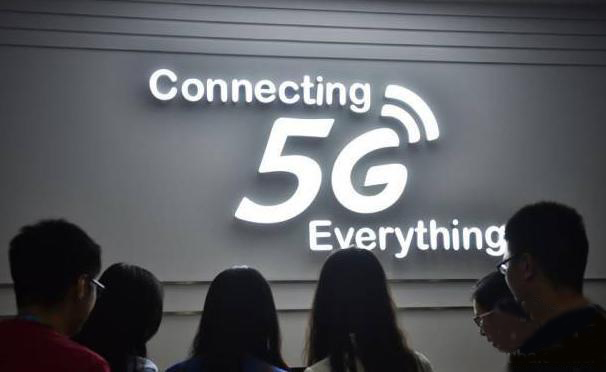5G, the fifth generation mobile phone mobile communication standard, also known as the fifth generation mobile communication technology. At present, major countries and regions around the world have proposed 5G pilot plans and commercial timetables, striving to lead the global 5G standards and industrial development.

For the development of 5G, China has also given high attention. Under the government's vigorous promotion, China's 5G industry is welcoming more policy dividends, and key technologies are accelerating breakthroughs.
In fact, China is already in a leading position in advancing 5G. For the time being, China's 5G research and development has entered the second phase of testing. It is estimated that China will deploy more than 10,000 5G commercial base stations in 2020.
5G will mainly meet the network requirements of the three major scenarios: eMBB, mMTC and URLLC. Among them, eMBB corresponds to large-capacity mobile broadband services such as 3D/Ultra HD video; mMTC corresponds to large-scale IoT services; URLLC corresponds to services such as driverless, industrial automation that require low latency and high reliability. 5G in this business is the underlying technology for the development and innovation of various industries, and the imagination space is undoubtedly the biggest.
On the demand side, the biggest difference between 5G and the past wireless communication technology is that the object of service is no longer a single person, but the realization of all things interconnection. Industry 4.0, intelligent manufacturing, medical and other industries will be further promoted with the maturity of 5G technology. The development of these industries can be said that what 5G has to undertake is to change the mission role of the entire society and industry.
China is rapidly entering the intelligent society, including industrial Internet, artificial intelligence, AR/VR and other applications are rapidly spreading. Their large-scale applications require a new generation of networks to carry, and 4G has no problem watching video in the case of mobile, while 5G focuses on solving It is the problem of high density and low delay connection between objects and objects, objects and surrounding environment. For example, to build an autonomous driving city, it is necessary to rely on 5G network to realize the between vehicles, signal lights, road induction coils and intelligent master control platforms. The seams are connected and interacted, and the delay needs to be at the millisecond level.
In the era of the Internet of Things, a family often has more than 100 things that need to be connected to the network. Therefore, a new generation of networks can be used to make the overall network spectrum utilization more efficient and connect new systems with more terminals. As 5G technology has just erupted, 4G and 5G will coexist for a period of time; after entering the Internet of Things era, the demand for IP addresses will increase substantially, and the accelerated commercialization of IPv6 is at the right time.
At present, China is accelerating the deployment of IPv6, and will build the world's largest commercial network within 5 to 10 years. It is estimated that by the end of 2025, China's IPv6 network scale, user scale, and traffic scale will rank first in the world. The network, applications, and terminals fully support IPv6, fully complete the smooth evolution and upgrade to the next generation Internet, and form the world's leading next-generation Internet. Technology industry system.
The Global System for Mobile Communications (GSMA) said that in 2020, the first batch of countries in the world will officially apply 5G, and China will certainly be one of them. In the field of mobile communications, China is not only a leading country but also an innovation-driven country.